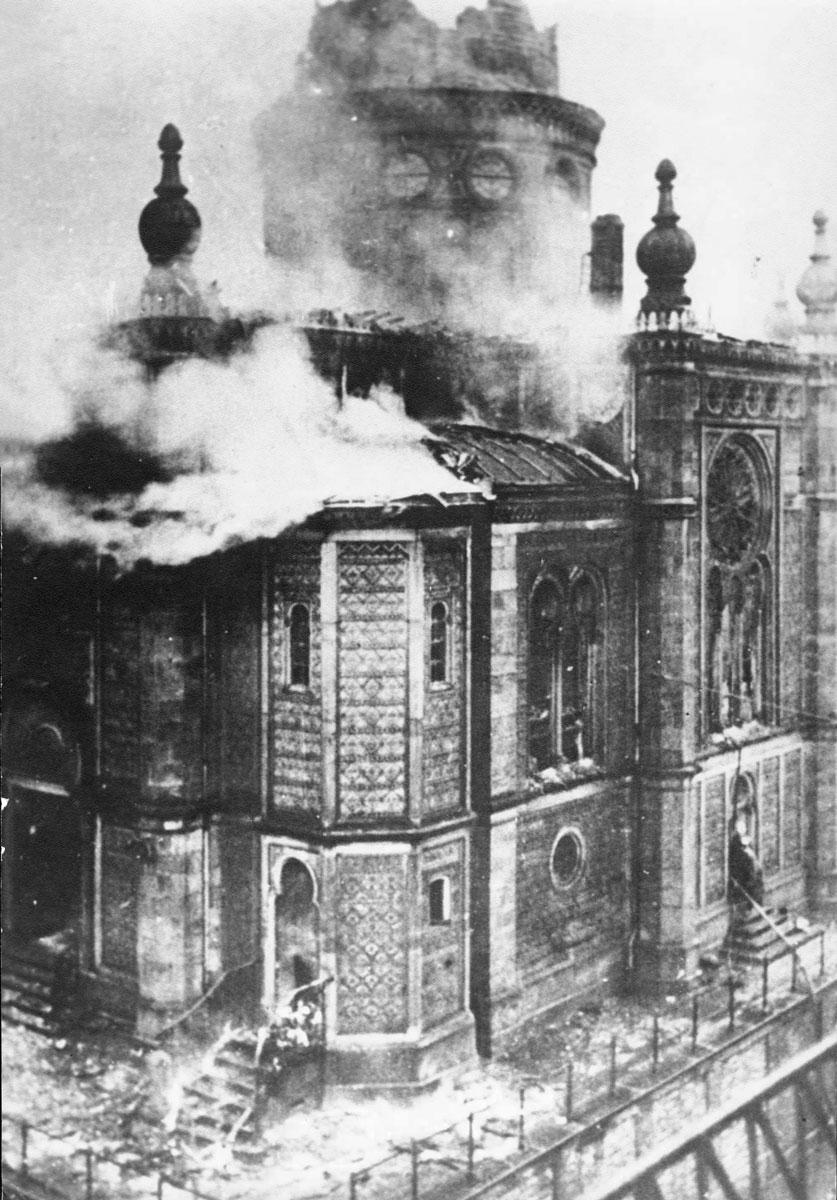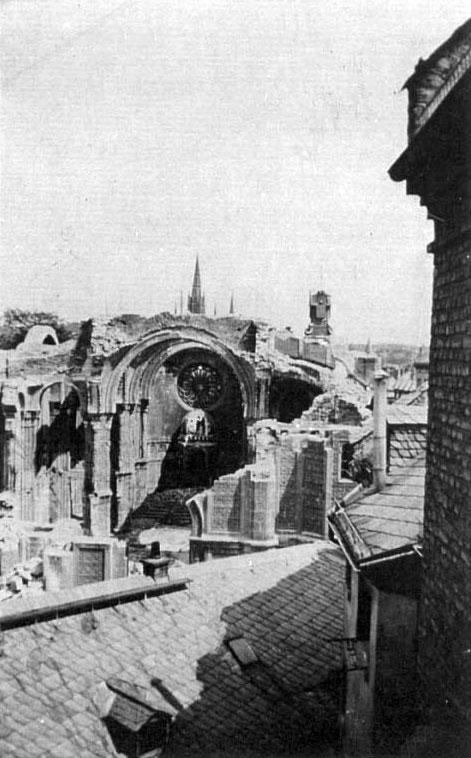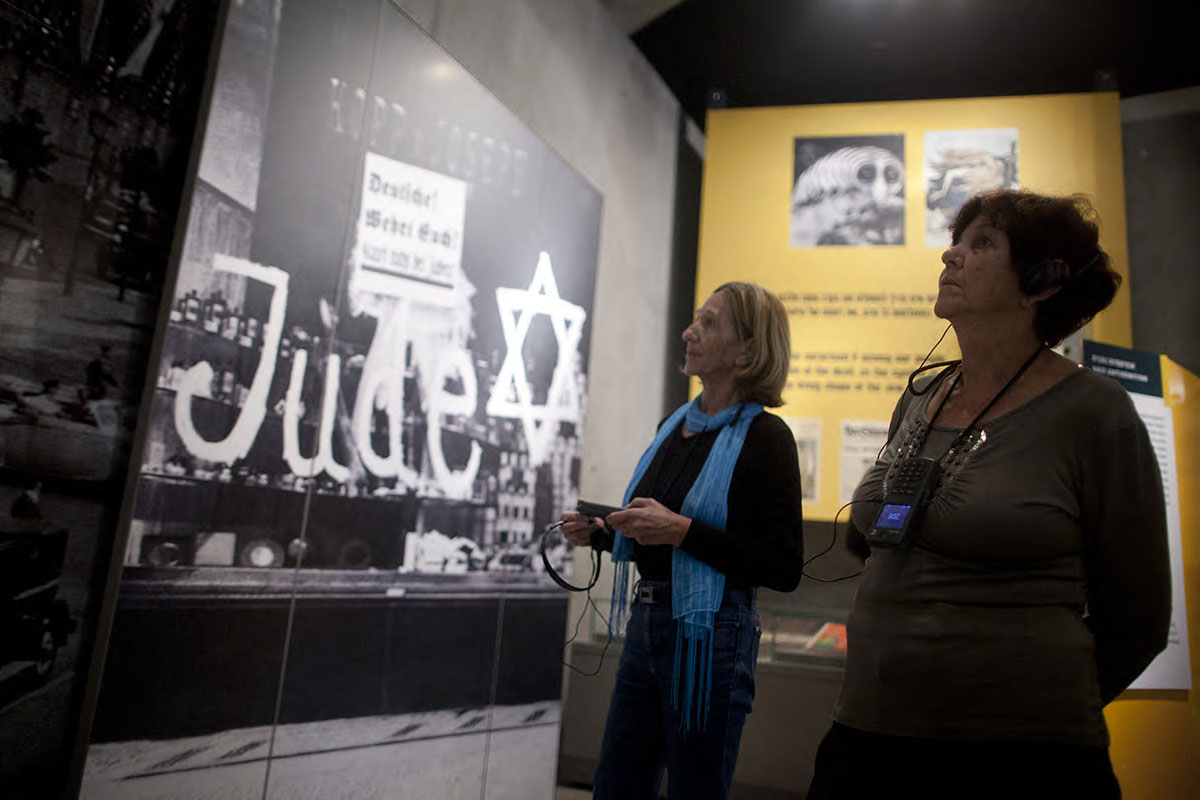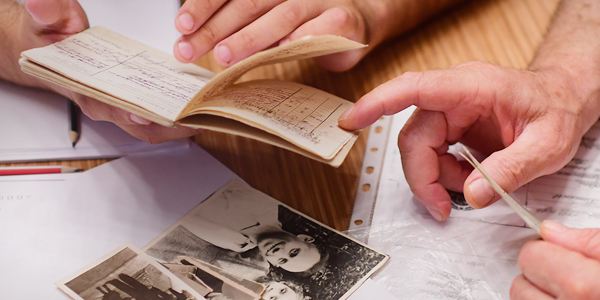After taking power, the Nazis acted to exclude Jews from the economic and public spheres in Wiesbaden. During the first few months of the new regime, there were several cases where Jews were beaten by Nazi youths. In addition Jews began to be dismissed from public service, and Jewish doctors, lawyers and businesses were subjected to a boycott. On the day of the boycott, 1 April 1933, Jewish stores were marked; warning signs were posted on the offices of Jewish lawyers and the clinics of Jewish doctors; Jewish department stores and businesses were requisitioned and “Aryanized” (the Jewish workers were dismissed, and the businesses were transferred to Christians believed to be of “pure” Aryan blood); and two Jews in the city were murdered in two separate violent incidents.
In March 1933, some 30% of the doctors in Wiesbaden and its environs were Jewish, and several Jewish doctors were involved in the administration of the Doctor’s Association. In 1934 the Nazi Doctors’ Association, which replaced the German Doctors’ Association, struck the names of the Jewish and communist doctors from the local tourist guide: the first sign of the impending move to prevent Jewish doctors from practicing their trade. The municipality began taking action against Jewish-owned businesses and Jewish professionals. In 1935, the authorities published a handbook that included the addresses and business details of Jews in Wiesbaden; it comprised some 700 entries, among them more than 200 Jewish textile businesses and 50 doctors, as well as the details of Jewish stores and practitioners of free trades. The handbook also included a list of “half” or “quarter” Jews, as well as a list of all the Jewish organizations and their members. By 1938, half of the Jewish doctors in Wiesbaden had emigrated, leaving for the United States, Eretz Israel (Mandatory Palestine) or other countries, and at least two of them had committed suicide. By 1939, the licenses of another 20 Jewish doctors had been revoked.
In 1933, most of the Jewish community’s budget was designated to pay for the rabbi’s salary, for teachers, and for the upkeep of the synagogue. Yet as the plight of the community worsened and emigration increased, more and more resources were invested in welfare and social aid. In addition to the central welfare office and its affiliated organizations, a new office for economic consultancy was established, as well as an emergency fund for destitute immigrants (primarily young people). In 1935 the Jewish “winter help” fund was expanded. In 1936 Rabbi Lazarus established a Jewish school with four classes, in which some 160 students from Wiesbaden and the surrounding areas studied. By 1938 most of them had left. The Wiesbaden beit midrash, which had become the hub of Jewish cultural and social life in the city, continued operating until the end of 1938, as well as the Wiesbaden Jewish cultural organization, which gave Jewish performers the opportunity to appear before a Jewish audience. The Jewish youth movements Hechalutz, Habonim and Brit Chalutzim Datiim, as well as Jewish communities on the outskirts of the city, also continued their activities despite the restrictions imposed by the regime.
During this period there were cases in which the Jews of Wiesbaden received help from non-Jews. Often these cases involved Catholics who had had work relations with Jews, such as housemaids who had been forced to leave Jewish families where they had worked, and chose to help their former employers.
During the November Pogrom ("Kristallnacht"), on the morning of 10 November 1938, SS men set fire to the Great Synagogue on Michelsberg Street in Wiesbaden. The fire brigade put out the blaze and left guards at the site. Several hours later the SS men returned, drove off the guards and broke into the synagogue. Wielding axes, they destroyed the synagogue’s furnishings and interior, piled up the debris and set it alight. The fire brigade protected nearby buildings from the blaze, while the synagogue burned to the ground. The Orthodox synagogue on Friedrichstrasse was partially destroyed, and a prayer hall used by the Ahavat Zion congregation (belonging to the Jews of Eastern European origin) was also damaged.
After the synagogues were destroyed, the rioters turned their fury toward the homes and businesses of the local Jews, destroying hundreds of them. Jews were cruelly beaten. 23 Jews died during the pogrom: half of them were murdered and half committed suicide. Hundreds of Jews from Wiesbaden, among them six doctors, were arrested and sent to the Buchenwald concentration camp. Rabbi Lazarus was also among the deportees; he had been arrested earlier, some days after giving a sermon commenting on the verse “For a thousand years in your sight are but as yesterday when it is past” (Psalms, 90:4). He was charged with having spoken against the “Thousand Year Reich”. After his release, at the beginning of 1939, Lazarus immigrated to Eretz Israel. Some of those incarcerated died during their imprisonment, while others died a short time after their release.















